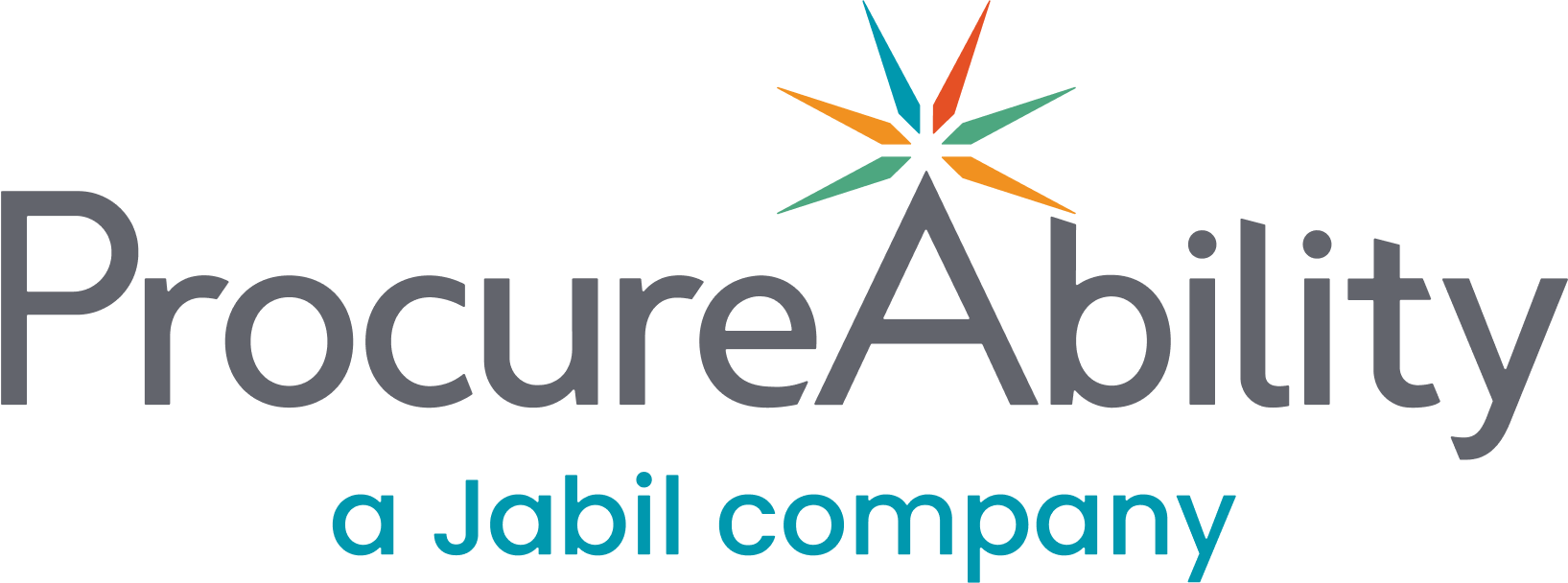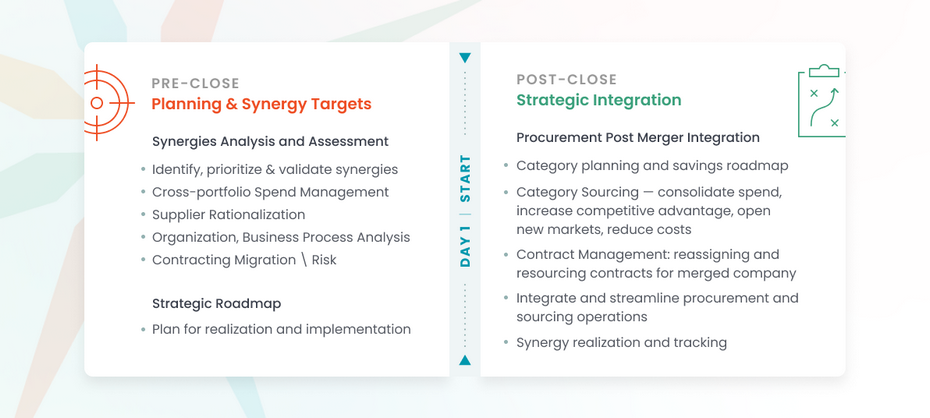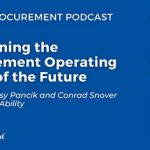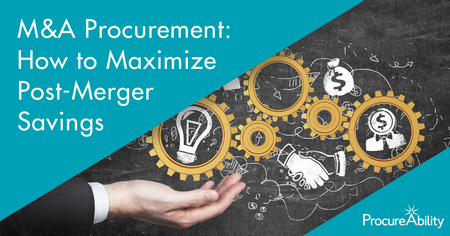
Overview
Most mergers and acquisitions (M&A) and private equity (PE) deals fail to unlock the desired value in a defined target period due to varying reasons, including insufficient due-diligence, cultural differences, inefficient change management, lack of leadership engagement, technology limitations and misaligned synergy targets. Cost synergies, particularly those driven by third-party spend, are a key driver of M&A activity and an important metric for determining transaction success.
Procurement Organizations in Post-Merger Integrations
The role of procurement organizations in a post-merger scenario is becoming increasingly important, with the ability to:
- Deliver short term (1-6 months) cost synergies to maximize savings, and thereby boost early shareholder confidence in the deal through:
- Quick Wins: Price alignment and contract, SLAs & payment terms alignment.
- Strategic Sourcing: Volume leverage, supplier(s) & spend consolidation, scope / requirements alignment, should cost modeling, etc.
- Deliver desired long-term change (6-12+ months) by optimizing sourcing processes and organization structure to drive sustainable value creation through:
- Procurement Transformation initiatives such as internal policy benchmarking / revisions, make vs buy analysis, re-org. & change management implementation, supply chain optimization & integration, and supplier relationship & performance management.
Illustrated below are critical Pre-Close and Post-Close (Day 1-100+) procurement-related milestones to be implemented and monitored as part of the overall integration timeline, which in most deals is project managed by the IMO (Integration Management Office).
The 3-Phased Approach towards Procurement Synergy Realization
1. Synergies Identification & Prioritization:
Procurement synergies in integrations can come from different initiatives as described earlier through Quick Wins, Strategic Sourcing and Procurement Transformation. Possible synergy sources can include finding economies of scale, price alignments, volume discounts, negotiations, supplier base rationalization, organizational resource efficiencies, and integration of knowledge bases (spend management, category plans, sourcing strategies).
a. Identification: Companies should follow a structured and data driven approach towards synergy identification and estimations. It is critical to develop an accurate synergy baseline to ensure targets are realized.
b. Prioritization: One of the best methods for prioritization of procurement synergies is to map the initiatives in the financial impact vs success probability matrix. The quick wins are the synergy initiatives with the highest probability for success and the biggest financial impact.
2. Strategic Roadmap Planning & Execution:
A synergy implementation plan needs to be developed before Day-1, which aligns with the overall integration plan and timelines for the merger or acquisition. The plan needs to be validated and agreed upon by all relevant stakeholders to drive accountability for the synergy targets. Key elements of the plan for execution could include:
a. Category Planning: Identify target categories depending upon similarities between Buyer and Seller. Plan for a phased approach of implementing tactical and strategic initiatives’ category wise, which can help deliver significant savings for the combined entity.
b. Contract Rationalization: Review contracts to harmonize between the two companies and initiate discussions with suppliers as necessary to negotiate for the best pricing, terms, delivery, and services.
c. Sourcing Activities: Based on the review of spend of both companies and savings targets identified for the merged company, strategically plan for the sourcing activities that will be executed by the teams (RFPs, available resources, timelines, and tools)
d. Sourcing Process Improvements: Identify and implement any short-term and long-term business process improvements which can enable savings for the new company.
A centralized control tower can also be established to ensure greater spend control, visibility, and accountability during execution.
3. Synergies Realization and Tracking:
Post Day-1, measured savings should be tracked against the synergy targets. Plan and align well in advance on processes, tools, and cadence for tracking post-merger. Regular reporting of synergies will not only provide transparency on the savings, but also increase accountability for the stakeholders to meet the targets.
It is important for the leaders of the firm, especially the Chief Procurement Officer (CPO), to be involved in the early due diligence process, and align on the Post Day-1 synergy implementation plan and timelines to meet the required goals. Through a well-executed synergy plan, the CPO and the procurement organization can help deliver the maximum deal value.
Most procurement organizations, however, are not adequately staffed during an integration to deliver on promised savings. ProcureAbility’s Procurement Integration and Transition experts can help companies address the challenges of integrations and meet synergy objectives. Contact us to learn more!
Subscribe to ProcureAbility Insights to access whitepapers, presentations, plus our latest thought leadership.
